
The Most Important Lesson Learned from the Kirtland Temple Agreement
How can different faiths unite? Mutual respect and commitment to peace shaped this historic transfer.

How can different faiths unite? Mutual respect and commitment to peace shaped this historic transfer.

What is the significance of The Church of Jesus Christ assuming responsibility for the Kirtland temple?
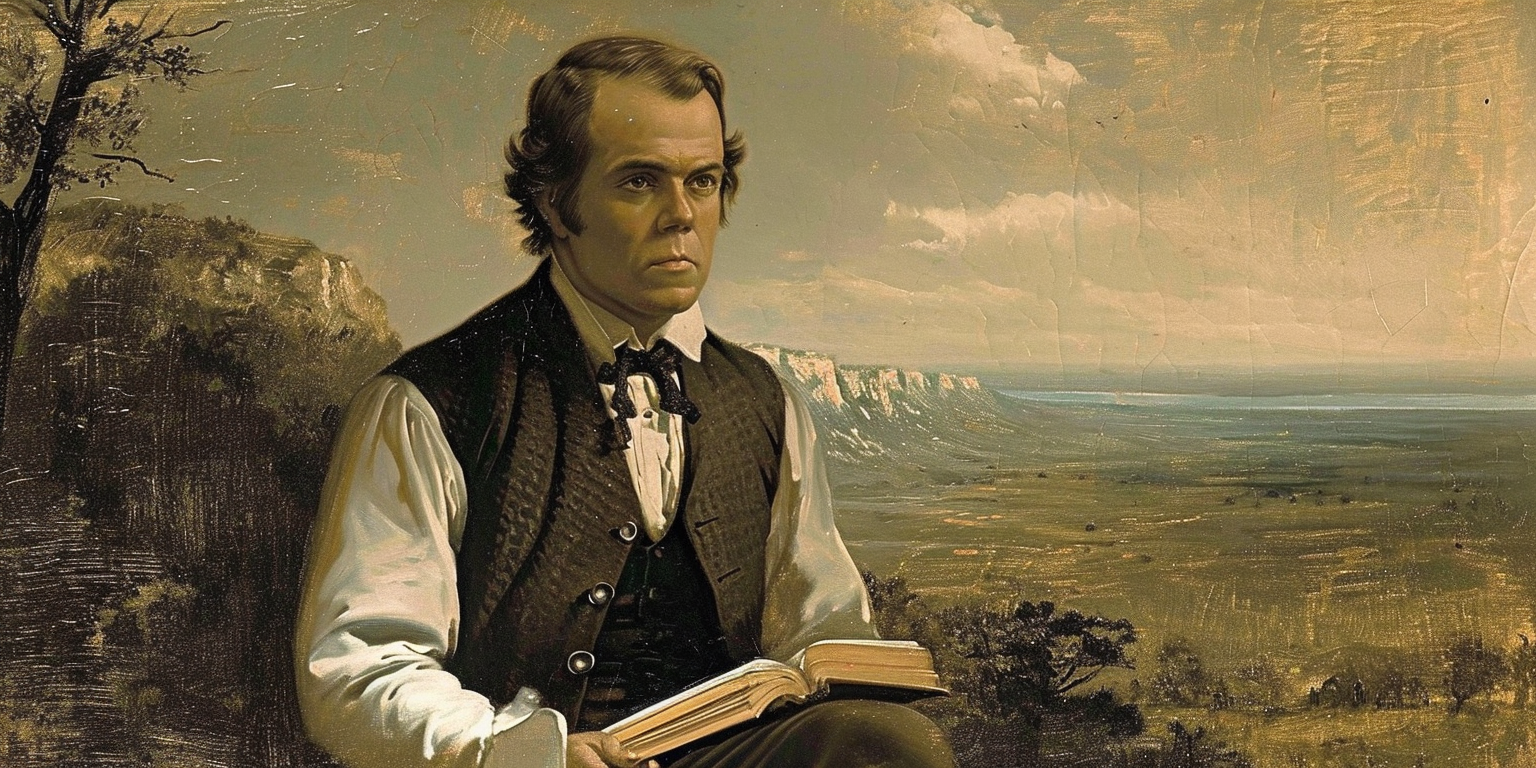
Early Americans saw intelligence and love in tension. But Latter-day Saint doctrine understood God’s nature differently.

It’s become popular to assert that sexual orientation is, and ought to be, analogous to race for Latter-day Saints. That insistence overlooks what prophets actually say.
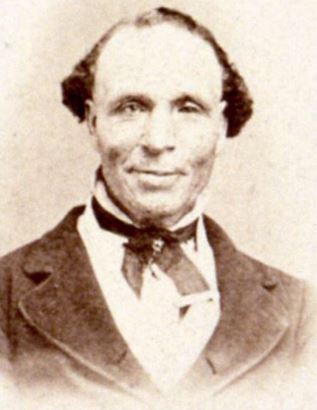
Those who claim that Latter-day Saint history is uniquely racist pay insufficient attention to the larger context surrounding early Saints, as well as the meaningful examples of positive race relations in the life of Joseph Smith.
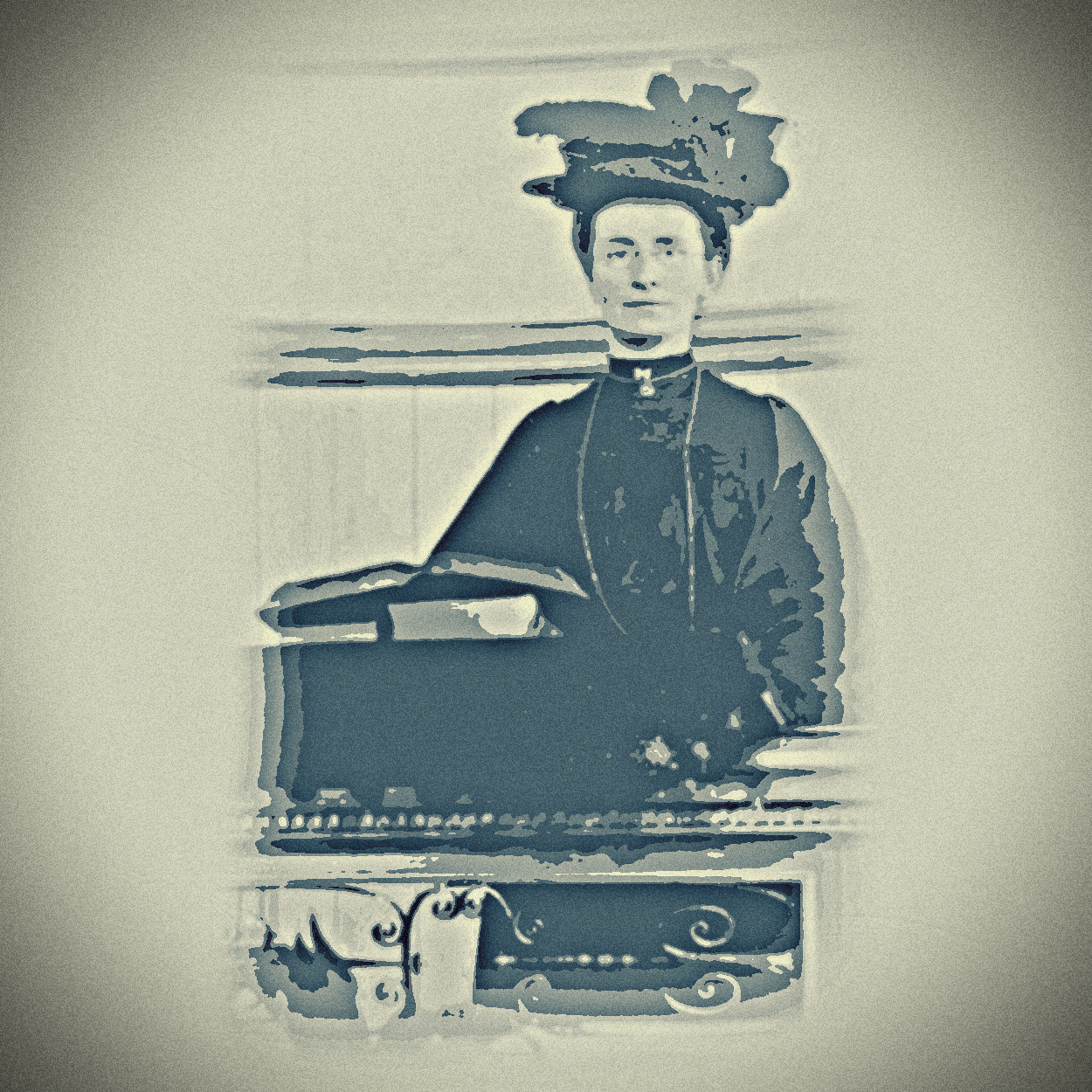
D&C 25 is the perfect case study for how Christ interacts and engages with women. In part 2, Carter Charles examines the role of women in worship.

The 25th Section of a sacred text for Latter-day Saints called the Doctrine and Covenants is a perfect case study for how Christ interacts and engages with women. In part 1, Carter Charles examines matrimony and election.

“Murder Among the Mormons” highlights how Mark Hofmann perpetuated a narrative about transparency in The Church of Jesus Christ. Though Hofmann was stopped, that problematic narrative lingers.
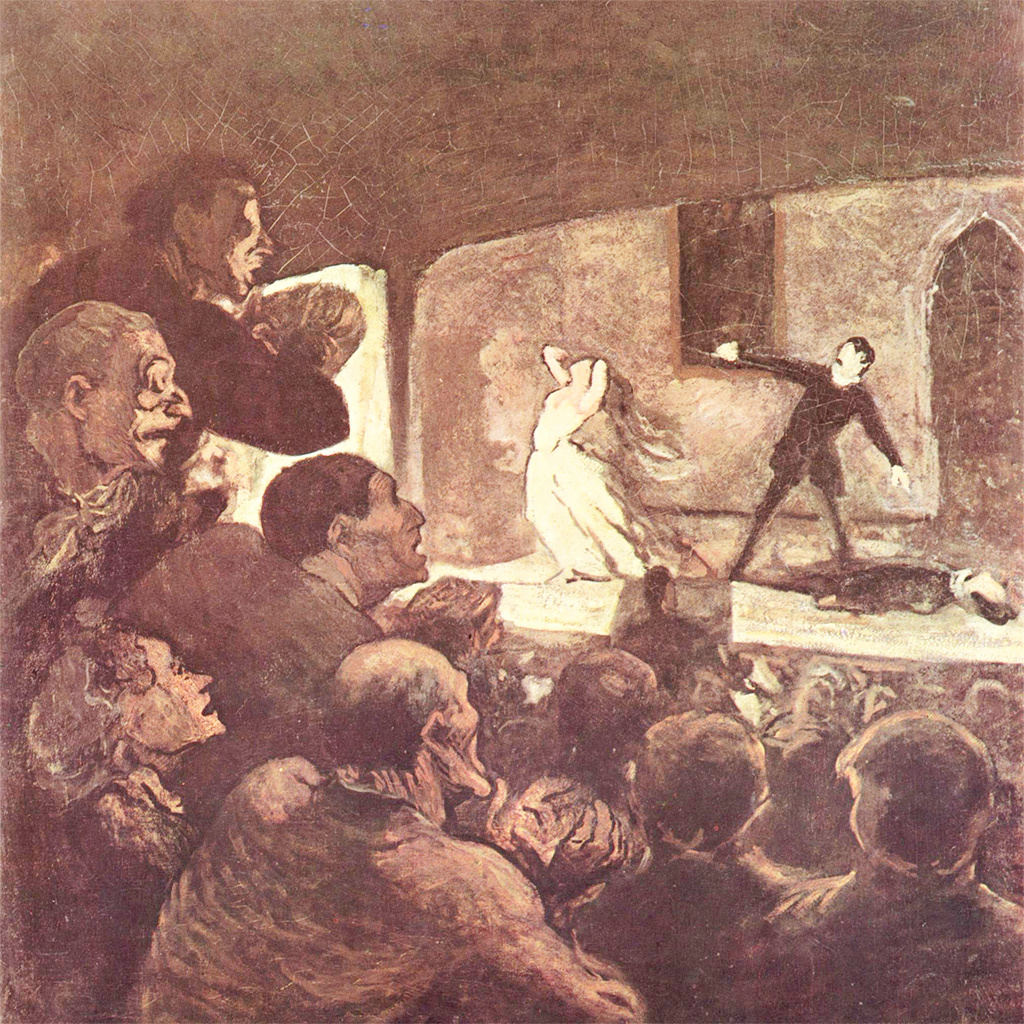
McKay Coppins’ recent Atlantic feature on the church noted a tension among Latter-day Saints trying to authentically live their faith while fitting into a culture that rejects them. Should we expect Latter-day Saint historians to be able to avoid that same challenge?
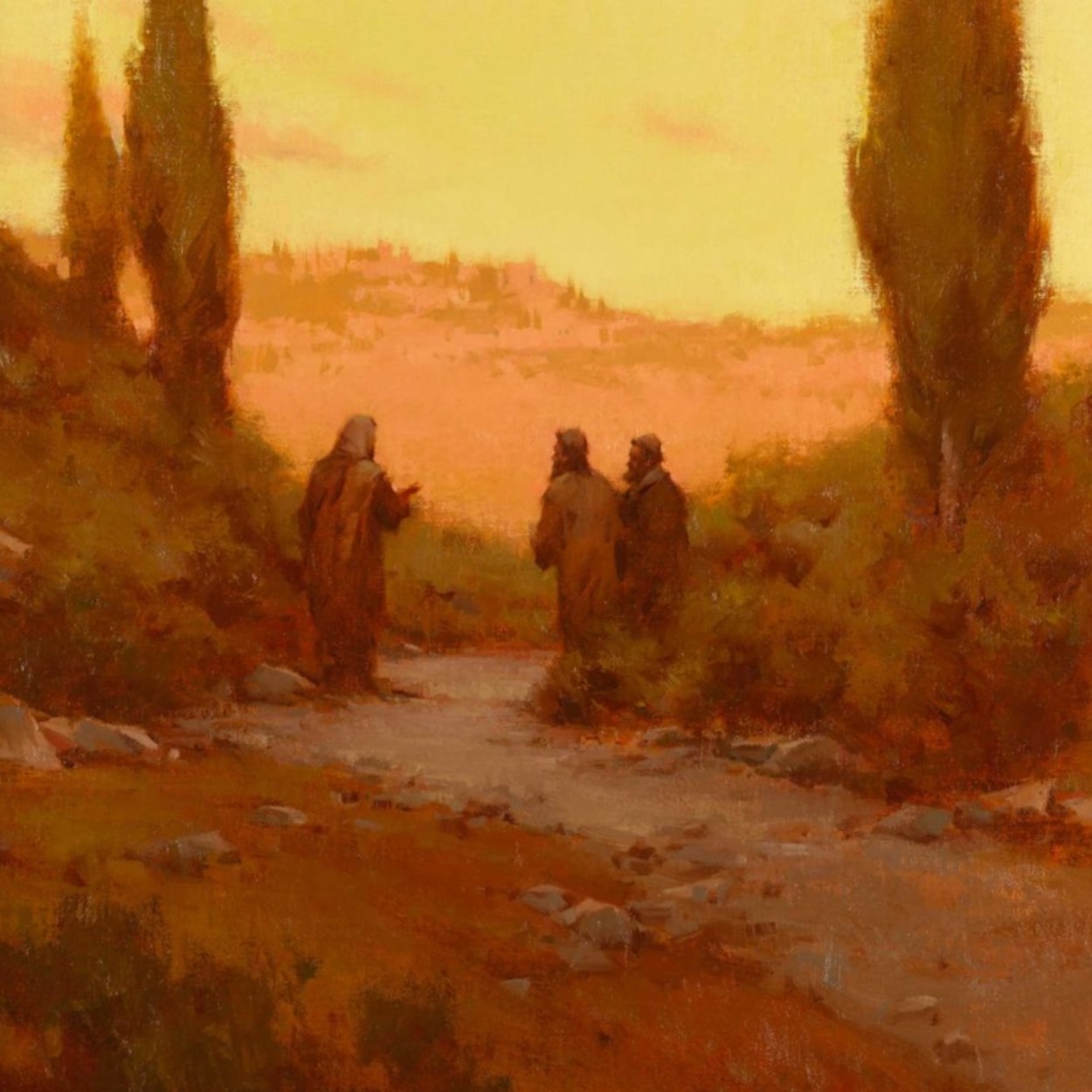
In response to those sensitive souls asking, “Why am I not there yet as a person?” or “Why are we not there yet as a society?” Latter-day Saint theology offers a patient optimism for steady growth in us and around us—along with the anticipation of collective light to become “brighter and brighter until the perfect day.”